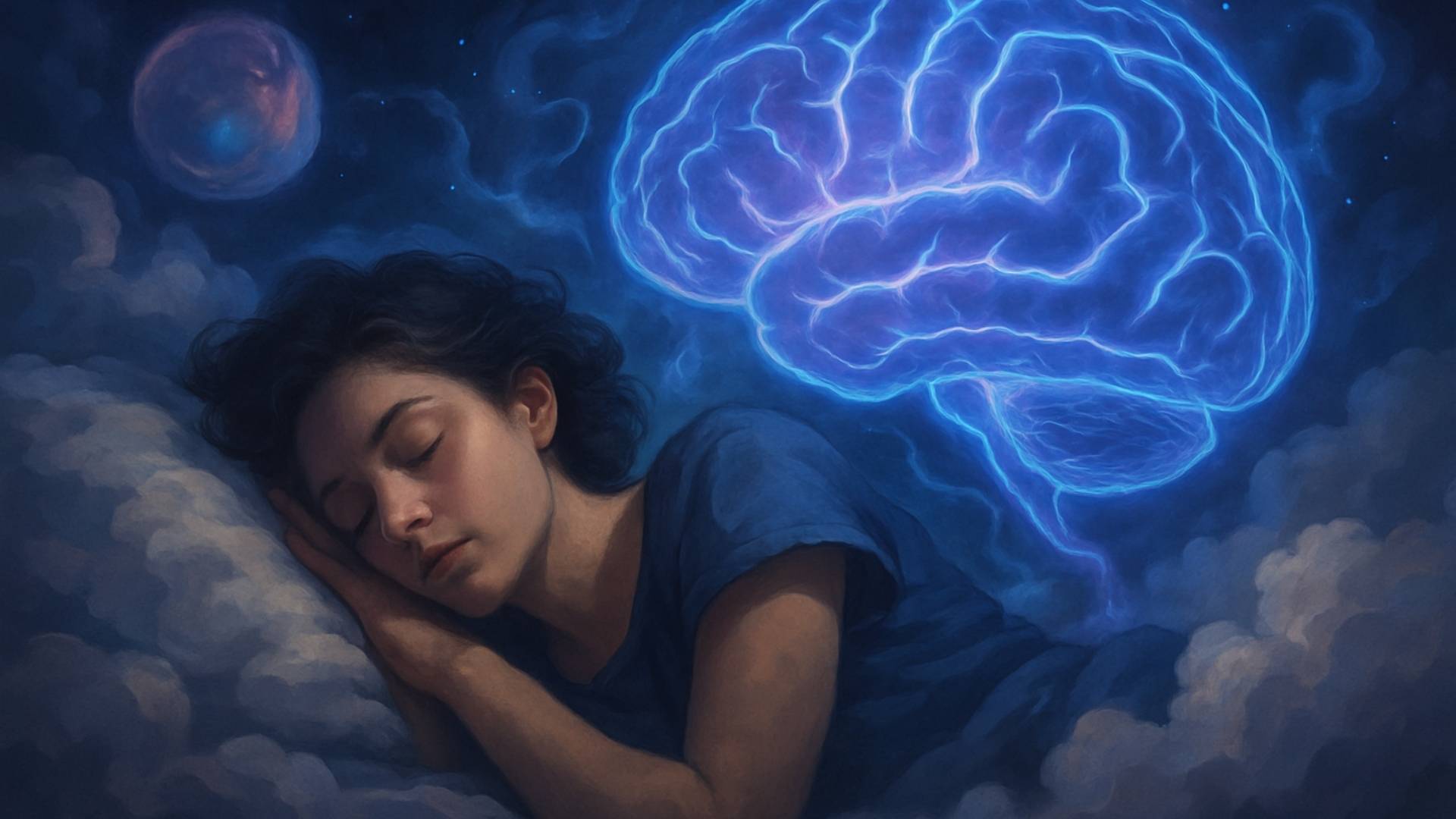The Science Behind Lucid Dreaming: Unlocking the Secrets of Your Mind
Understanding the science behind lucid dreaming helps explain how this fascinating phenomenon happens and why it feels so real. Lucid dreaming is when you know you are dreaming while still asleep, and sometimes you can control what happens in the dream.
Summary
Lucid dreaming is a special type of dream where you realize you are dreaming while still asleep. This means you can sometimes control parts of the dream, like the story or characters, but not always fully. It’s a skill that people can learn and improve with practice. Lucid dreams are different from normal dreams and other similar states like hypnagogia.
The term “lucid dream” was first used in 1913 by Frederik van Eeden, but people have been interested in this phenomenon for thousands of years, with roots in ancient Indian and Tibetan spiritual practices, as well as Western philosophy. Brain studies show that during lucid dreaming, areas related to self-awareness and decision-making become active, especially parts of the prefrontal cortex, which is usually quiet during normal sleep.
This explains why lucid dreaming is like a hybrid state between sleeping and waking. About 55% of adults have had at least one lucid dream, but only about 23% experience them regularly. The average lucid dream lasts around 14 minutes. Techniques like reality checks, dream journaling, and special induction methods can help increase how often you lucid dream.
Lucid dreaming is also used in therapy to help people reduce nightmares, and it may boost creativity and problem-solving. However, some rare risks include confusing dreams with reality or experiencing sleep paralysis. Overall, lucid dreaming reveals how our minds can stay partly aware even during deep sleep and shows great potential for learning and healing.
The Science Behind Lucid Dreaming: How It Happens in the Brain
Scientifically, lucid dreaming occurs during the REM (Rapid Eye Movement) phase of sleep, when most vivid dreaming takes place. During REM sleep, most parts of the brain are highly active — except the prefrontal cortex, which handles self-awareness.
However, during lucid dreaming, studies using EEG and fMRI show that the prefrontal cortex becomes active again. This reactivation allows the dreamer to reflect on the fact that they are dreaming, enabling conscious thought within the dream.
Research published in Current Biology (2014) confirmed this by monitoring brain activity of lucid dreamers who signaled researchers during REM sleep, showing enhanced activation in brain regions linked to self-awareness.
Why Is Lucid Dreaming Important?
Studying the science behind lucid dreaming is important for several reasons:
- Insights into Consciousness: Lucid dreaming offers a window into how consciousness can arise and fluctuate during sleep.
- Therapeutic Uses: It helps people with nightmares, PTSD, and anxiety by allowing dreamers to take control.
- Creativity and Learning: Lucid dreaming can be used for problem-solving, skill practice, and creativity.
How to Experience Lucid Dreaming: Techniques Backed by Science
Learning to lucid dream requires practice and understanding the science behind the process. Some effective techniques include:
- Reality Checks: Question your environment regularly to train your brain to recognize when it is dreaming.
- Mnemonic Induction (MILD): Before sleeping, repeat affirmations like “I will realize I’m dreaming.”
- Wake Back to Bed (WBTB): Wake up after several hours of sleep, stay awake briefly, then go back to sleep to increase REM awareness.
- Dream Journaling: Recording dreams improves recall and helps recognize dream signs.
Facts and Figures About Lucid Dreaming
- Around 55% of people have experienced a lucid dream at least once.
- Approximately 23% of people report having lucid dreams monthly or more frequently.
- Lucid dreams can sometimes last longer than regular dreams — some report experiences lasting over 14 hours in dream time!
- Scientists like Stephen LaBerge have pioneered lucid dream research since the 1970s, confirming it through eye-movement communication during REM sleep.
Must Read: The Titanic Predicted Its Own Sinking
Common Misconceptions About Lucid Dreaming
- It’s not dangerous: Lucid dreaming is a natural sleep state with no evidence of harm.
- Anyone can learn it: With consistent practice, most people can experience lucid dreams.
- It’s not the same as sleepwalking or hallucinations: Lucid dreams occur during REM sleep, with full brain activity.
Conclusion
Understanding the science behind lucid dreaming unlocks the incredible potential of the human mind. By combining brain research with practical techniques, you too can explore your dreams consciously, transforming your sleep into a playground for creativity, healing, and self-discovery.







